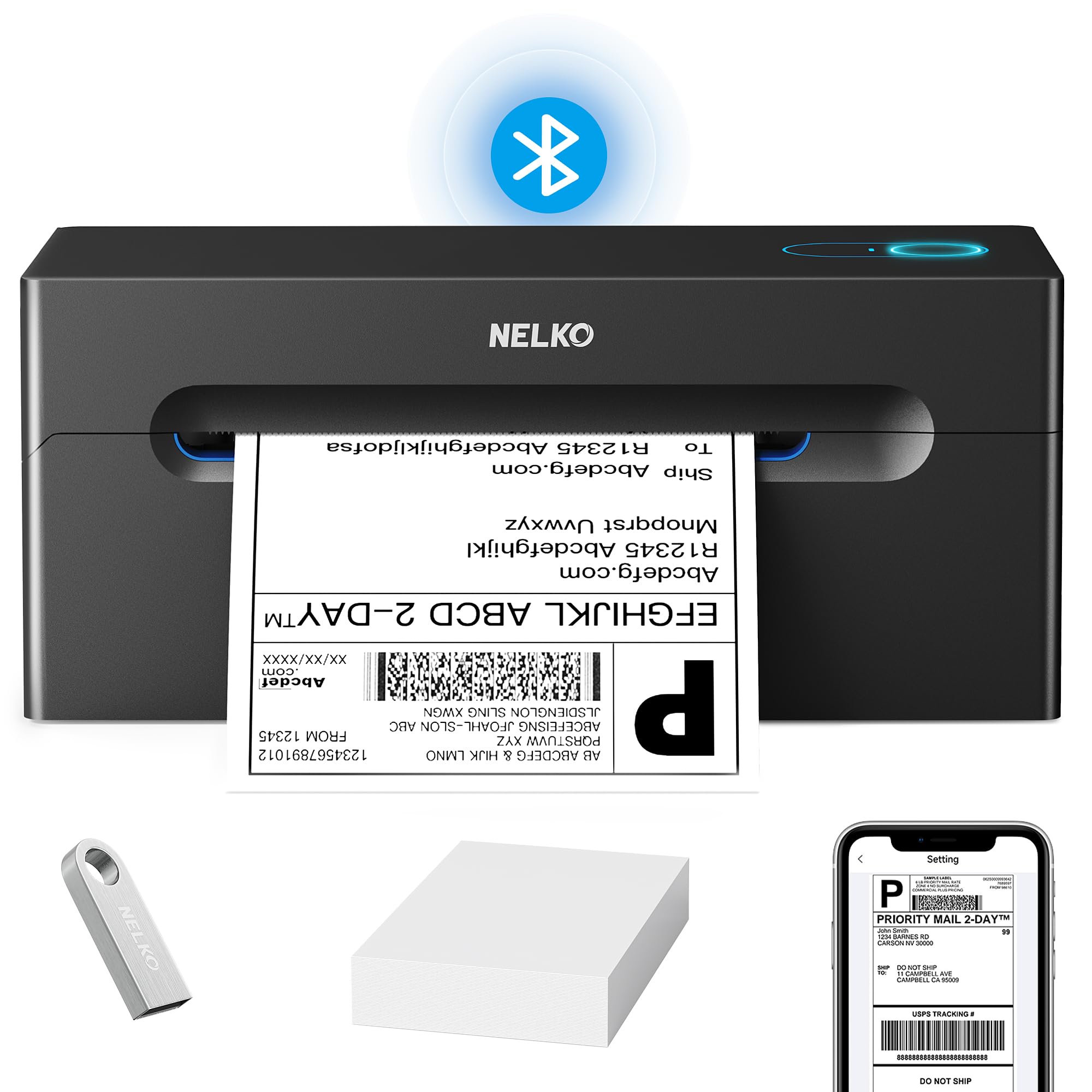Introduction:
Printing directly from your Android device is convenient and increasingly necessary in today’s digital world. Whether you need to print documents, photos, or web pages, adding a printer to your Android device can streamline your workflow. This comprehensive guide provides specific steps, tips, and considerations for successfully adding a printer to your Android device.
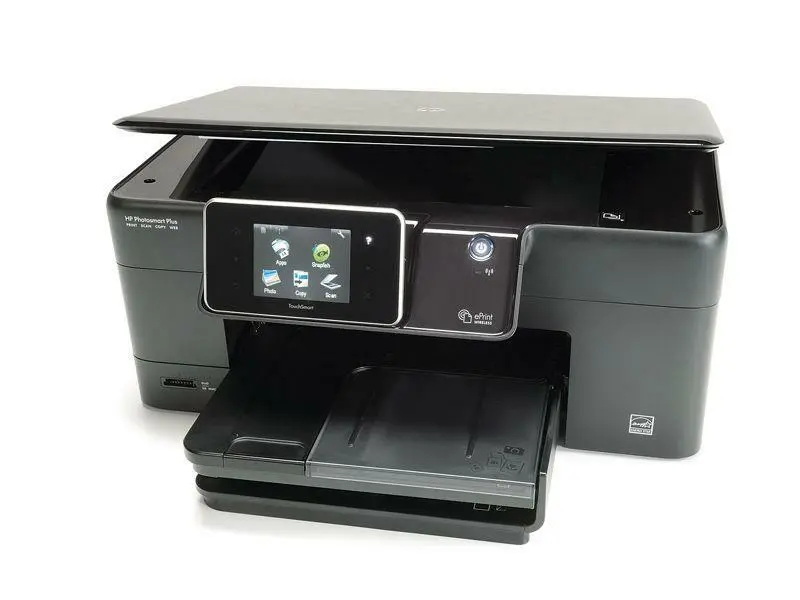
How to Add a Printer to Android?
Understanding the Importance of Mobile Printing
Before diving into the specifics, it’s crucial to appreciate why mobile printing is beneficial.
Convenience: Having the ability to print directly from your Android device saves time and effort. No need to transfer files to a computer – simply print from your smartphone or tablet.
Flexibility: Mobile printing allows you to print on-the-go, whether you’re at home, in the office, or traveling. It offers the flexibility to handle tasks promptly.
Accessibility: For those who use their mobile devices for work or personal projects, being able to print directly from the device means increased accessibility to necessary resources.
Compatibility: Most modern printers offer compatibility with Android devices, providing a range of options to suit different needs and budgets.
Preparing Your Printer and Android Device
To add a printer to your Android device, both your printer and device need to be prepared.
Ensure Printer Compatibility: Confirm that your printer supports mobile printing. Look for labels or documentation indicating compatibility with Android or support for wireless printing technologies such as Wi-Fi Direct, Google Cloud Print (if available), or proprietary apps from manufacturers like HP, Epson, or Canon.
Connect the Printer to Wi-Fi: Ensure that your printer is connected to the same Wi-Fi network as your Android device. This connection is vital for most printing methods. Refer to your printer’s manual for steps on configuring Wi-Fi settings.
Update Printer Firmware: Check if there are any firmware updates available for your printer and install them. Updated firmware can improve compatibility and performance with mobile devices.
Check Available Mobile Printing Options: Explore the mobile printing capabilities of your printer. Modern printers often support multiple methods such as Google Cloud Print, manufacturer apps, or third-party printing apps.
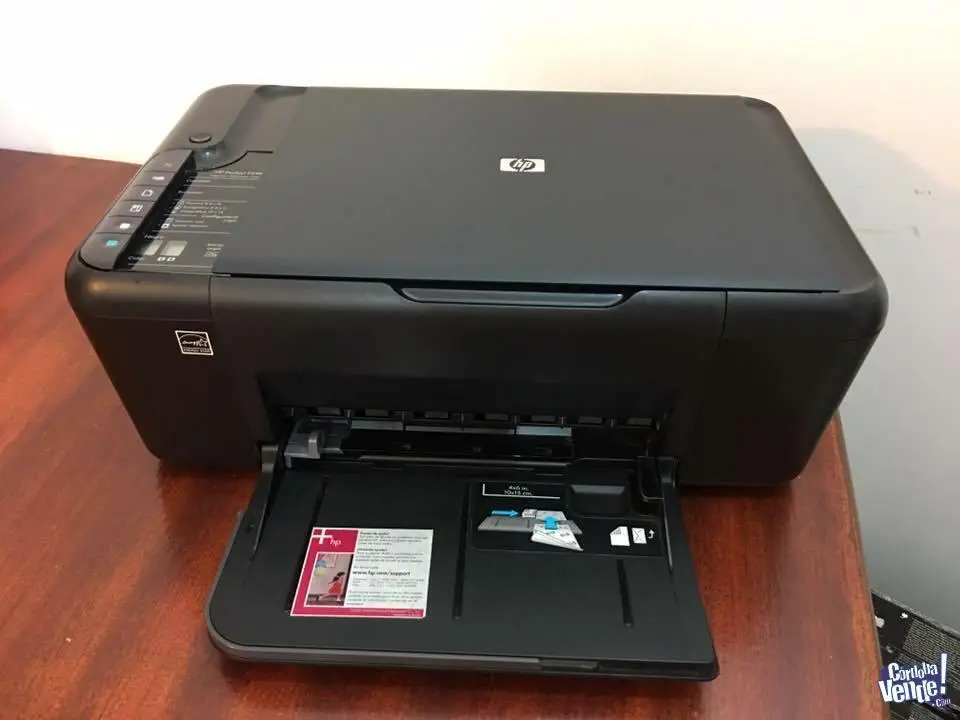
Step-by-Step Guide to Adding a Printer to Android
Several methods are available to add a printer to your Android device. These methods range from using built-in Android features to manufacturer-specific apps.
Using the Built-In Printing Service
Android devices come with a built-in printing service that supports many printers.
- Open Device Settings:
- Open the Settings app on your Android device.
- Scroll down and select “Connected Devices” or “Connections.”
- Access Printing Settings:
- Select “Printing” or “Printing Services.”
- You might see “Default Print Service” listed under this menu.
- Enable Default Print Service:
- Tap on “Default Print Service.”
- Ensure it’s turned on. Your device will start searching for available printers on the same Wi-Fi network.
- Select Your Printer:
- Once your printer appears in the list, select it.
- Your printer should now be added and ready to use with compatible apps.
Using Manufacturer-Specific Apps
Most major printer manufacturers offer dedicated mobile apps for Android, providing additional features and functionality.
- Download the App:
- Visit the Google Play Store and search for your printer manufacturer’s app (e.g., HP Smart, Epson iPrint, Canon PRINT Inkjet/SELPHY).
- Download and install the app on your device.
- Open the App and Add Printer:
- Open the manufacturer’s app.
- Follow the prompts to add your printer. This process usually involves detecting available printers on the same Wi-Fi network and selecting yours from the list.
- Complete Setup:
- Complete any additional setup steps as guided by the app.
- Your printer should now be added and listed within the app, ready for printing.
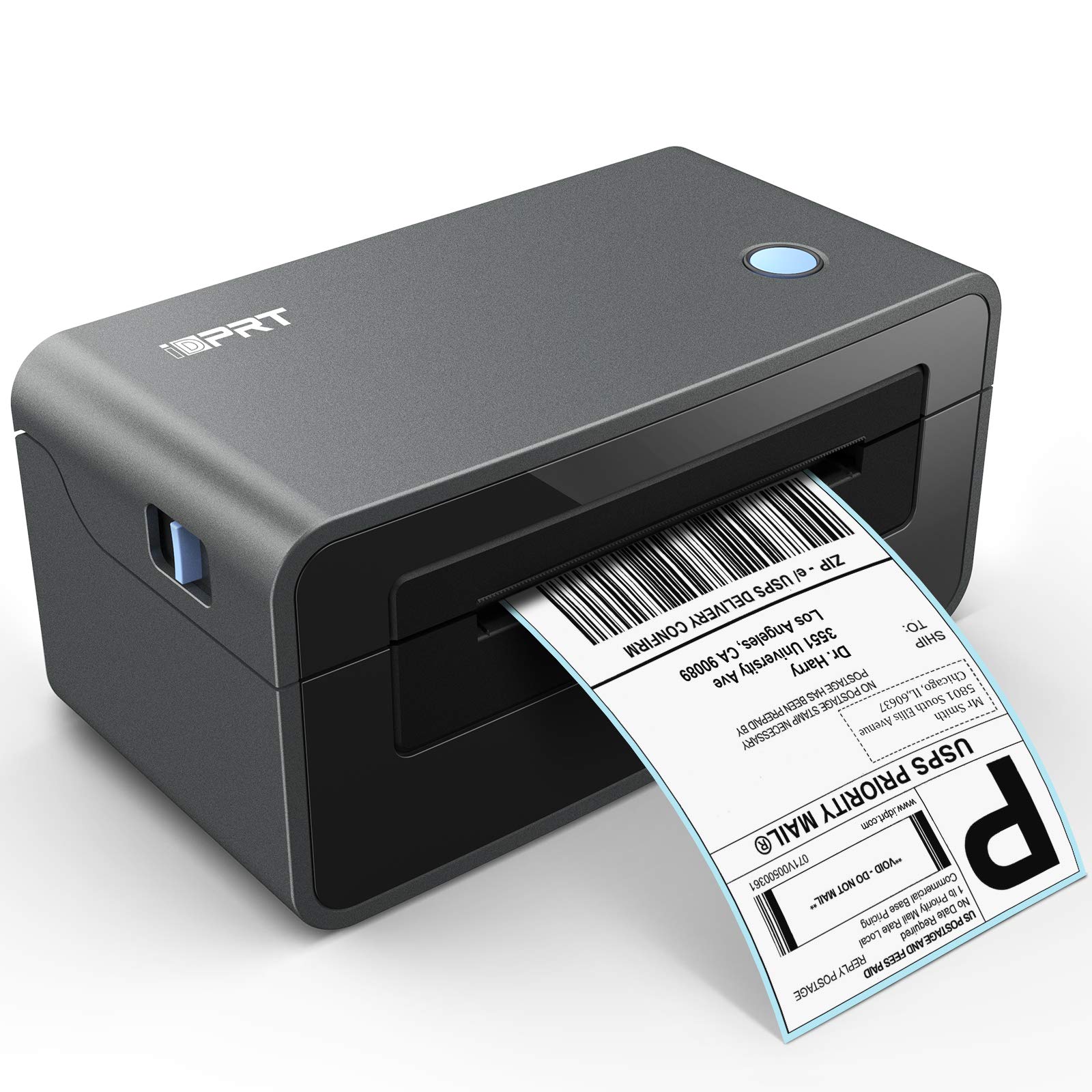
Using Google Cloud Print (If Available)
Although Google Cloud Print was officially discontinued in December 2020, some older devices or printers may still refer to it. If you have legacy devices supporting it, here’s how it worked.
- Set Up Google Cloud Print:
- Ensure your printer is Google Cloud Print compatible.
- Open Chrome on your computer and type chrome://devices.
- Under “New Devices,” find your printer and click “Manage.”
- Follow the steps to register your printer with Google Cloud Print.
- Add Printer to Android:
- Open the Google Cloud Print app on your Android device (if installed).
- Follow the prompts to select and add the printer registered through Google Cloud Print.
Using Third-Party Printing Apps
Several third-party apps provide printing solutions for Android devices if built-in or manufacturer apps are not an option.
- Download a Third-Party App:
- Visit the Google Play Store and search for reputable printing apps such as PrinterOn, PrintHand, or NokoPrint.
- Download and install the app.
- Open the App and Add Printer:
- Launch the app and follow instructions to detect and add your printer.
- Most apps will search for available printers on your network or allow manual setup.
- Configure and Print:
- Configure any necessary settings within the app.
- Test printing to ensure the setup is complete.

Practical Printing Tips for Android Users
Adding a printer to your Android device is just the beginning. These practical tips can help you maximize your mobile printing experience.
Check Printer Status: Ensure that your printer is always online and has sufficient ink or toner. Check paper levels and clear any jams to avoid printing issues.
Use High-Quality Paper: For optimal print quality, use high-quality paper recommended by your printer manufacturer. This can enhance the appearance of prints, especially for photos and graphics.
Manage Print Settings: Customize print settings such as paper size, orientation, color options, and print quality directly from your mobile device. Adjusting these settings can save paper and ink while producing better results.
Save Files in Compatible Formats: Ensure that the documents or images you want to print are saved in formats compatible with your printer (e.g., PDF, JPEG). This can prevent formatting issues and ensure smooth printing.
Update Printer Firmware: Regularly check for and install firmware updates provided by your printer manufacturer. This keeps your printer compatible with the latest mobile printing technologies and fixes potential bugs.
Secure Your Printer: Enable security settings on your printer to prevent unauthorized access. Setting up a password or using secure printing options can protect your documents and printer from misuse.
Applications and Use Cases for Mobile Printing
Understanding the various applications and use cases for mobile printing can help you leverage this functionality more effectively.
Office and Business: Print important documents, emails, presentations, or invoices directly from your Android device, enhancing productivity and efficiency. Mobile printing is especially useful for remote workers and those constantly on the move.
School and Education: Students and educators can print assignments, research papers, and study materials from their Android devices. This convenience supports learning and academic tasks without the need for a computer.
Home and Personal Use: Print recipes, photos, and personal documents like tickets or boarding passes right from your smartphone. This functionality is helpful for day-to-day tasks and emergencies.
Creative Projects: Artists and designers can print sketches, drafts, and final designs from their mobile devices. This capability enables quick prototyping and sharing of creative work.
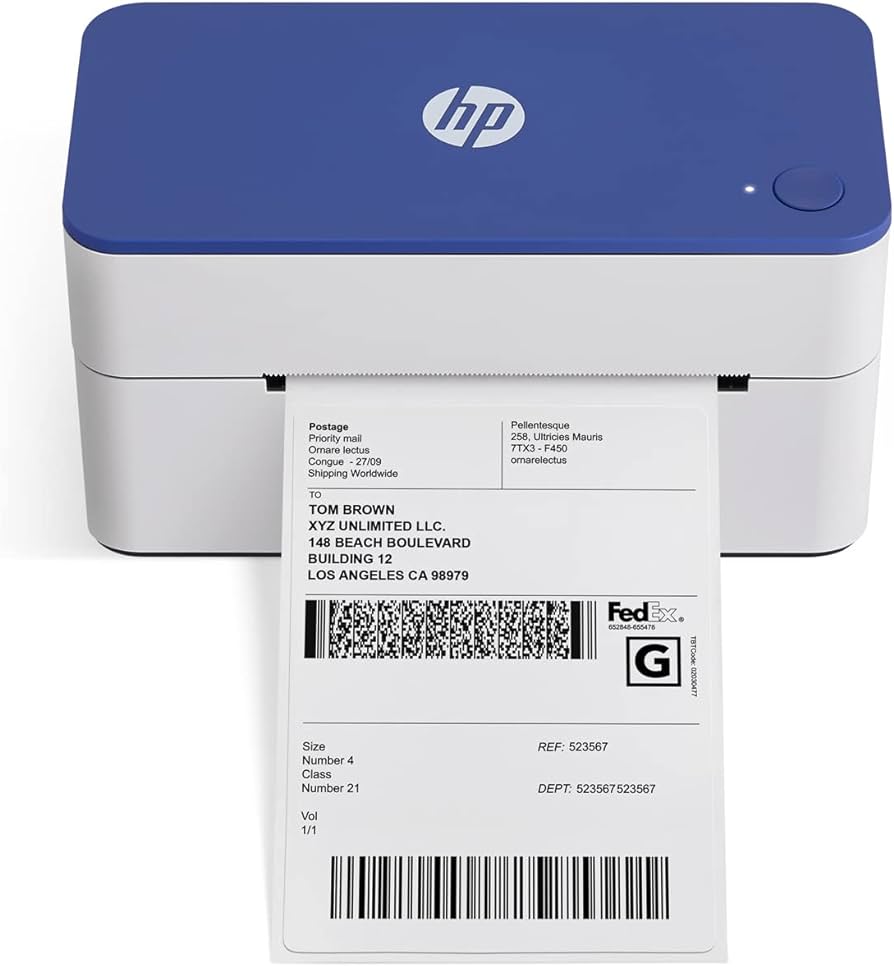
User Insights and Experiences
Real-world experiences from users provide valuable insights and practical advice for mobile printing from Android devices.
Positive Feedback: Many users appreciate the convenience and flexibility that mobile printing offers. The ease of adding printers through various methods and the ability to print from anywhere within Wi-Fi range are often highlighted.
Learning Curve: Some users mention a slight learning curve when using manufacturer-specific apps or third-party printing solutions. However, most find these methods intuitive and straightforward after initial setup.
Troubleshooting Tips: Users commonly share troubleshooting tips, such as ensuring devices are on the same network, updating apps, and restarting printers to resolve connectivity issues. Regular firmware updates are also recommended.
Print Quality: Feedback often emphasizes the importance of using high-quality ink and paper to achieve the best print results. Adjusting print settings for specific tasks can also enhance output quality.
Conclusion
Adding a printer to your Android device enhances convenience and productivity, allowing you to print documents, photos, and more directly from your mobile device. By understanding the importance of mobile printing, preparing your printer and device, and following specific methods for adding a printer, you can enjoy seamless printing experiences. This comprehensive guide provides valuable steps, tips, and insights to ensure you can efficiently add and use a printer with your Android device, maximizing the benefits of mobile printing.

